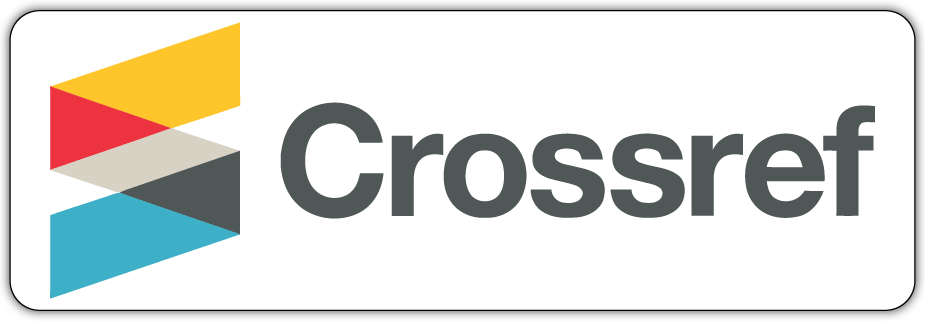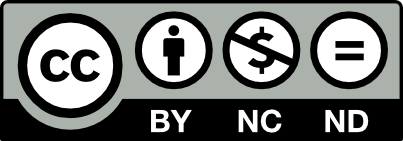Original Article
Pawan Marasini, Himal khanal, Bishal kafle, Grishma Shrestha, Rabindra Lal Pradhan, Kushal Bhattarai
Original Article
2024-07-15 02:18:55
Background: Low back pain is a common problem in patients visiting orthopedics clinics. Around 80% normal population experience low back pain, among those 15 percent have neurological back pain due to lumbar disc herniation. This study aims to associate clinical signs with X-rays and other radiological parameters.
Methods: Fifty patients with low back pain, radiating to the leg who presented between January 2019 to June 2020 were included. The correlation was done between the straight-leg raise test with transverse intervertebral foraminal diameter in flexion X-ray of the lumbar spine and with the type of disc herniation and percentage of canal compromise in magnetic resonance imaging.
Results: A significant correlation was found between the straight-leg raise test and transverse intervertebral foraminal diameter R2 = 0.40 and between the straight-leg raise test and type of lumbar disc herniation (p=0.003) but` no correlation found between straight-leg raise test and percentage of canal compromise (p=>0.05)
Conclusion: Clinical parameter straight-leg raise test correlates with transverse intervertebral foraminal diameter in flexion radiograph. The Straight-leg raise test relates to the type of lumbar disc herniation but not the percentage of canal compromise after lumbar disc herniation.
Keywords: Lumbar disc herniation; Magnetic resonance imaging; Transverse Intervertebral Foramen; Straight-leg raise test and X-ray





